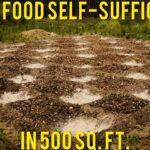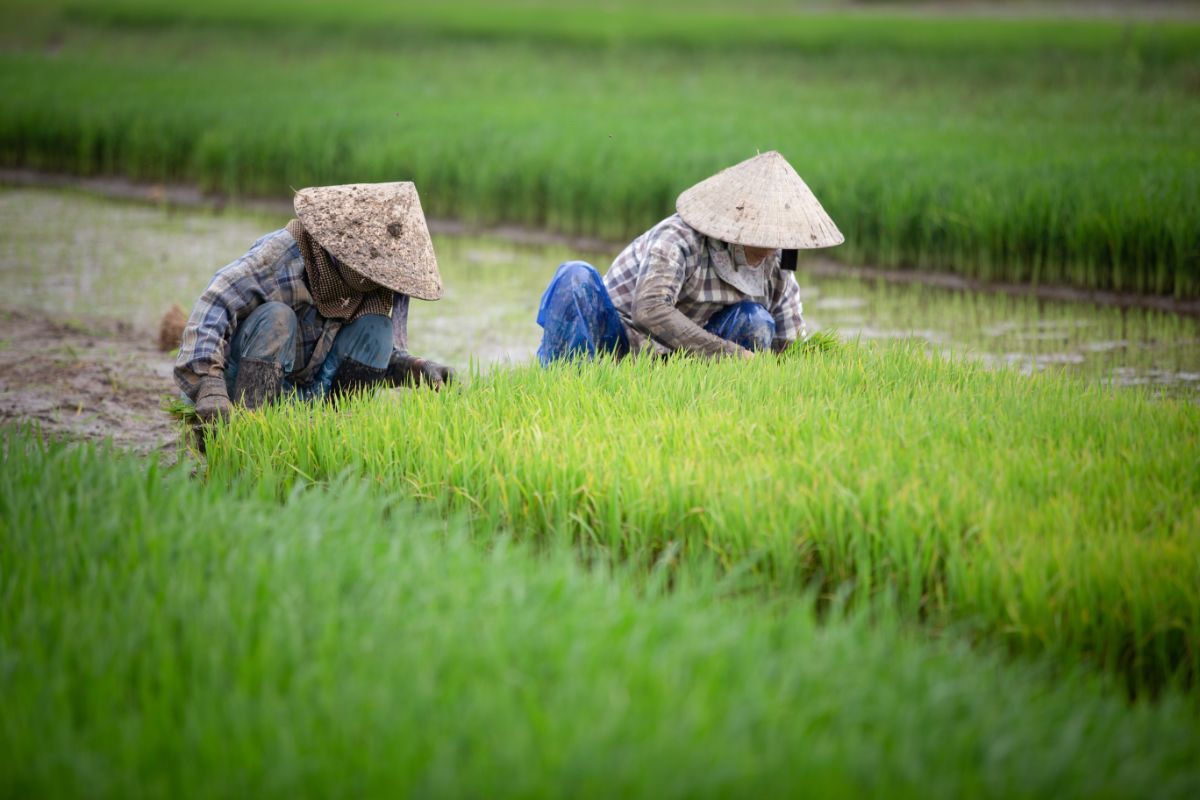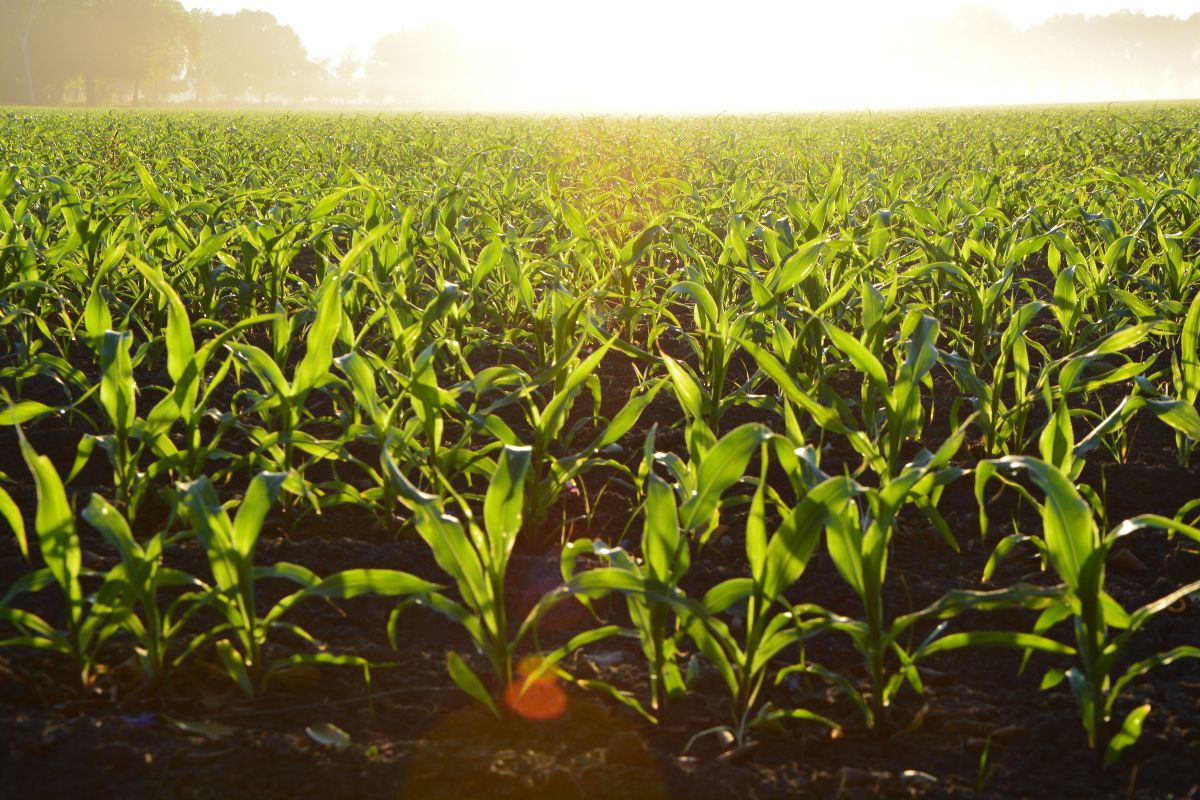Chickpeas are one of the most popular legumes in India and around the world. They have a unique taste, texture and color that makes them an ideal addition to any diet.

The chickpea is also known as garbanzo bean or ceci bean. It has been cultivated for thousands of years in many regions of the globe.
In fact, it was first domesticated in the Middle East region about 10,000 years ago.
Today, there are more than 100 different types of chickpeas grown all over the world.
There are two main varieties: the Kabuli and Desi. These differ mainly in their size, shape and color. Both can be used interchangeably in recipes.
The Kabuli variety is larger and rounder, with a creamy white flesh. This type of chickpea is usually found at farmers markets and grocery stores.
The Desi variety is smaller and oval shaped with a bright orange flesh. This type of bean is commonly sold canned and frozen.
You may find both varieties of your local supermarket. If you want to grow your own chickpeas, then you will need to purchase either seeds or soil. Seeds are available online from several companies.
If you decide to buy soil, make sure that it contains no additives. Most soils contain fertilizer, which can cause problems if eaten by humans. Soil should be tested before planting.
Growing Process
You can start growing chickpeas indoors in late winter or early spring. Start by soaking the beans overnight in water.
Drain the beans and place them in a pot filled with fresh water. Let the beans soak for 8-12 hours.
After this time, drain the beans again and rinse them thoroughly under running tap water. Place the beans in a large bowl and cover them with cold water.
Allow the beans to sit in the refrigerator for 6-8 hours. During this time, the skins will begin to loosen. After the beans have soaked for 12 hours, they are ready to plant.
When planting, use a garden trowel to remove the top layer of dirt. Plant the beans in small pots or trays filled with potting soil. Make sure to keep the soil moist until the plants sprout.
Keep the temperature between 60 °F and 70 °F during the day and 50 °F at night. You can help prevent frost damage by covering the trays with plastic wrap.
Once the pods appear, remove the plastic wrap and allow the plants to continue to develop.
When the pods reach maturity, harvest them when they feel firm but still slightly tender. Remove the outer shell from each pod and discard it.
Rinse the inside of each pod with cool water. Spread the beans out on paper towels to dry completely. Store the dried beans in airtight containers in a cool, dark location.
Growing Chickpeas Indoors
Indoor gardening is becoming increasingly popular. Many people enjoy having a garden and spending time outdoors.
However, some people prefer to stay indoors year round because of allergies or other health issues. For these individuals, indoor gardening offers a great alternative.
There are many benefits to growing your own chickpeas indoors. First, you don’t have to worry about pests.
Second, you won’t have to contend with weather conditions outside. Third, you can control the amount of sunlight that enters your home.
Plating And Spacing Out Chickpeas
The first step in growing your own chickpeas is choosing what kind of container you would like to use.
There are two main types of containers: planters and trays. Planters are usually made of clay or concrete.
They come in various sizes and shapes. Trays are typically made of wood or plastic. They are typically square or rectangular.
Once you have decided the type of container you would like, you will need to determine how much space you will devote to your plants.
The size of the container will depend on the number of plants you want to grow. Smaller containers are better suited for single plants. Larger containers are more suitable for multiple plants.
Next, you will need to pick where you will put your plants. If you live in an apartment, you may be able to create a mini greenhouse using a window.
This is ideal if you only have one window available. Another option is to purchase a heat lamp. Heat lamps provide enough light to encourage growth without requiring direct sunlight.
Finally, you will need to decide whether you want to grow your plants hydroponically or in soil.
Hydroponic systems require little maintenance. They also do not require any fertilizer. In contrast, soils must be fertilized regularly.
Are Chickpeas Easy To Grow?
Chickpeas are easy to grow. All you need to get started is a sunny spot and a few basic supplies.
You should ensure that you maintain a vigilant eye on your chickpeas during the growing season and water or adjust the pH of the soil when necessary.
Avoid using products that may be harmful to your chickpeas.
How To Harvest Chickpeas
Harvesting chickpeas is fairly simple. Simply pick the pods off the plant when they are ready. Pick the pods while they are still young so that they remain crunchy.
After picking, spread the pods out on paper towels to let them dry completely. Once the pods have dried, store them in an airtight container until needed.
Conclusion
To conclude, you can grow chickpeas in most parts of the world. You just need to prepare your soil properly and ensure that it receives adequate amounts of sun.
It is important to remember that the seeds should always be planted directly into the ground, and you should never store your chickpeas in a refrigerator when harvested.
- Pull Sprouts: 1 Potato Peel, 200 Plants - July 7, 2022
- Creeping Thyme: Flowering Herb And Ground Cover - July 7, 2022
- East meets Midwest in the garden of Linda Brazill and Mark Golbach, Part 1 - July 7, 2022







